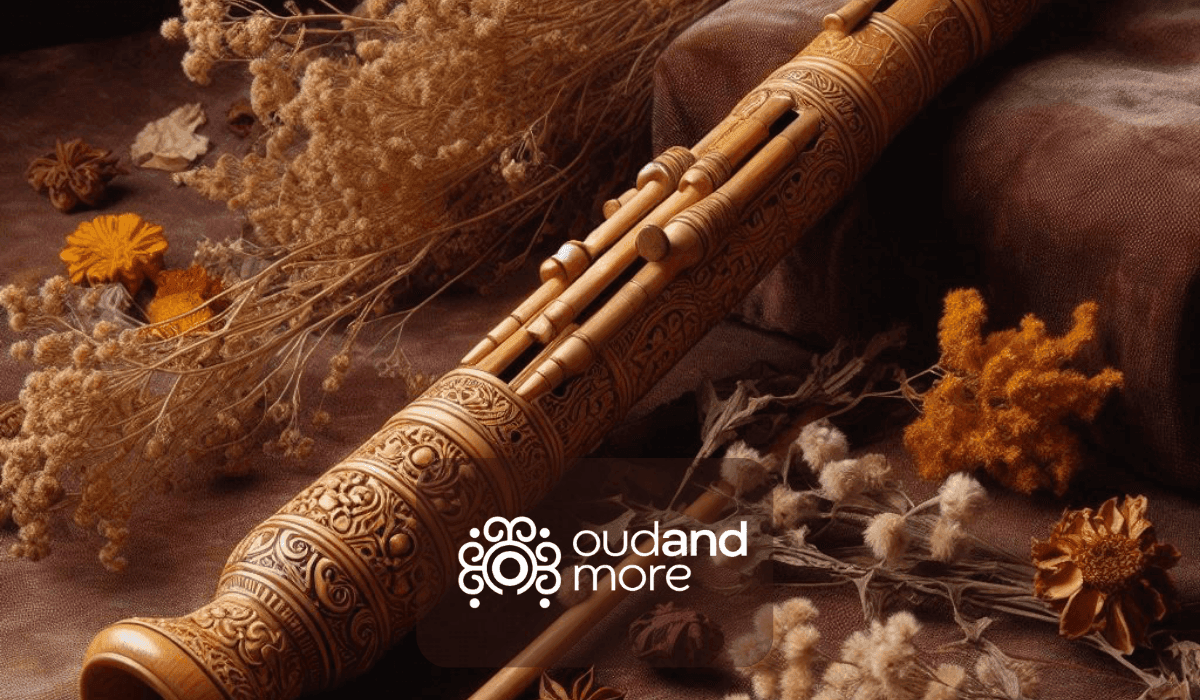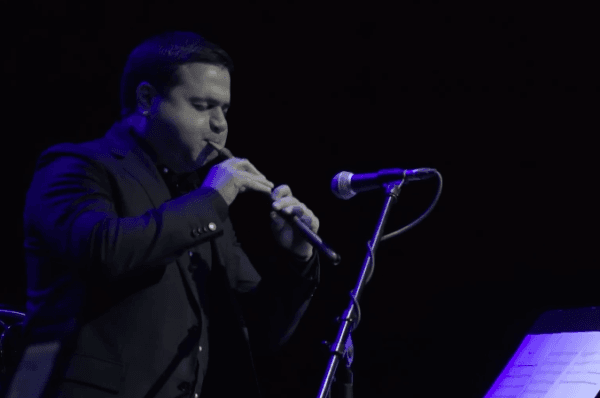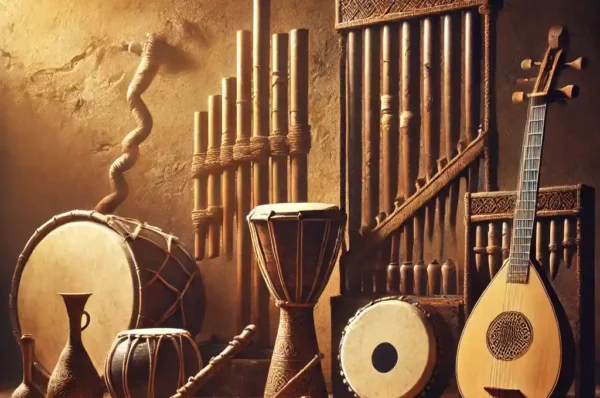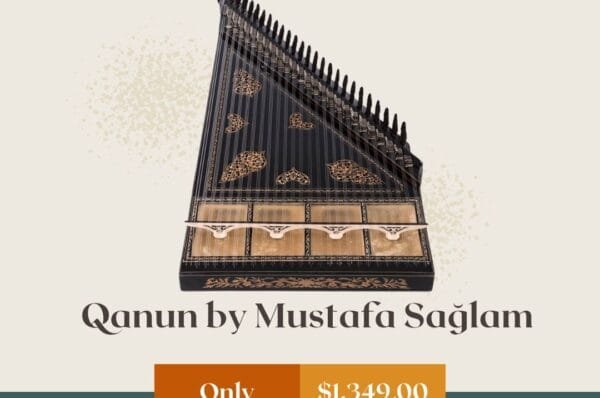The sound of wind instruments has echoed through the ages, carrying the soul and spirit of a region steeped in history, mysticism, and celebration. Among these, the ney, zurna, and duduk stand out not only for their unique timbres and playing techniques but also for their deep cultural significance. This article explores the rich history, construction, and contemporary relevance of these instruments, offering a comprehensive look into how they continue to shape the musical landscape of their regions.
The Ney: An Ancient Voice of the Soul
Historical Roots and Spiritual Connection
The ney is one of the oldest wind instruments in existence, with roots that extend back thousands of years in the Middle East. Revered in Sufi traditions, the ney is more than just a musical instrument—it is a symbol of the human soul’s yearning for divine connection. In Sufi poetry and spiritual practices, the sound of the ney is often portrayed as the voice of longing and the whisper of the inner self.
Construction and Playing Technique
Crafted typically from reed or bamboo, the ney is a slender, end-blown flute featuring several finger holes that allow for a wide range of microtonal expressions. The player must master a delicate embouchure—a precise positioning of the lips against the instrument’s edge—to coax out its haunting, breathy tone. The nuances of finger placement and breath control enable the performer to produce a meditative sound that is both fragile and profound.
Cultural Impact and Modern Relevance
Beyond its historical and spiritual connotations, the ney remains a central element in traditional Middle Eastern music. Its evocative sound has been integrated into various musical genres, ranging from classical compositions to contemporary fusion projects. Modern musicians continue to explore and reinterpret the ney, ensuring that its timeless melody resonates with new generations while preserving the essence of its ancient heritage.
Authentic Sound: Premium Plastic Arabic Ney Do (Yıldız)
Immerse Yourself in Melodic Brilliance: Premium Arabic Ney – Plastic
Discover the soulful world of traditional Arabic music with our Premium Arabic Ney crafted from high-quality plastic. This Ney combines modern innovation with classic resonance, offering a harmonious musical experience for players of all levels.
3 in stock
The Zurna: A Celebration of Life and Community
Origins and Ceremonial Use
In stark contrast to the meditative quality of the ney, the zurna bursts forth with a bold and festive sound. As a double-reed instrument widely used across Anatolia and Central Asia, the zurna has long been associated with communal celebrations. Whether at weddings, festivals, or other public gatherings, its piercing, robust tones serve as a clarion call that unites communities in moments of collective joy.
Design and Acoustic Characteristics
The zurna is typically constructed from wood, with a conical bore that amplifies its sound, making it ideal for outdoor performances. Its double reed is carefully fashioned to produce a bright and penetrating timbre that cuts through ambient noise. The instrument’s design, often passed down through generations, is both functional and emblematic of the region’s artisanal heritage.
Role in Folk Traditions and Modern Adaptations
Historically, the zurna has played a pivotal role in the folk music traditions of many cultures. Accompanied by rhythmic percussion instruments such as the davul, it has been an integral part of processions and communal dances. In recent years, the zurna has found new life in modern music, with artists blending its traditional sound with contemporary styles to create innovative and dynamic compositions that honor the past while embracing the future.
The Duduk: The Mournful Melody of Armenian Heritage
A Testament to Resilience and Emotion
The duduk, an emblematic instrument of Armenian culture, is renowned for its soulful and melancholic sound. Often described as having a “voice” of its own, the duduk’s tones evoke a deep sense of nostalgia and introspection. Its plaintive melodies have accompanied both moments of sorrow and the quiet contemplation of everyday life, making it a powerful medium for emotional expression.
Construction and Unique Sound
Traditionally made from apricot wood, the duduk is a double-reed instrument that requires meticulous craftsmanship. The careful selection of wood and the precision in carving contribute to its warm, velvety timbre. Unlike many wind instruments, the duduk produces a soft, rounded sound that seems to carry the weight of centuries of history and human experience. Its ability to express subtle shifts in mood has earned it a revered place in both folk and ceremonial music.
Cultural Significance and International Recognition
In addition to its deep roots in Armenian tradition, the duduk has garnered international acclaim. Its evocative melodies have featured in film scores and global music projects, highlighting its universal appeal. UNESCO’s recognition of the duduk as a masterpiece of the oral and intangible heritage of humanity underscores its importance not only as an instrument but also as a living symbol of cultural identity and resilience.
Comparative Reflections and Cultural Interplay
While the ney, zurna, and duduk each possess distinct musical qualities and cultural narratives, they share a common purpose: to express the profound emotional and communal experiences of their people. The ney’s introspective and mystical voice, the zurna’s rousing and celebratory call, and the duduk’s deeply emotional lament illustrate the diverse ways in which music can reflect the human condition.
Bridging Past and Present
In today’s globalized world, traditional instruments like these are experiencing a renaissance. Musicians and composers are increasingly drawn to their authentic sounds, integrating them into modern compositions and cross-cultural collaborations. This blending of old and new not only preserves these ancient traditions but also enriches contemporary music by infusing it with the depth and diversity of regional histories.
The Enduring Legacy
Each instrument serves as a repository of collective memory—a sonic archive that carries with it the stories, struggles, and triumphs of generations. As custodians of cultural heritage, musicians who play the ney, zurna, and duduk continue to bridge the gap between past and present, ensuring that the soulful legacy of these wind instruments remains vibrant and relevant.
Conclusion
The ney, zurna, and duduk are more than mere instruments; they are living embodiments of a rich cultural tapestry. Their unique sounds and historical contexts offer a window into the spiritual, communal, and emotional lives of the people of the region. As these instruments continue to inspire both traditional and modern musical expressions, they remind us that the power of music lies in its ability to transcend time, evoke deep emotions, and unite communities across the ages.
In celebrating the enduring legacy of these wind instruments, we not only honor the craftsmanship and artistry of generations past but also embrace the vibrant future of a musical heritage that continues to resonate with the human spirit.





